
The National is the national art gallery of Scotland. It is located on The Mound in central Edinburgh, close to Princes Street. The building was designed in a neoclassical style by William Henry Playfair, and first opened to the public in 1859.

Diageo plc is a British multinational alcoholic beverage company, with its headquarters in London, England. It operates from 132 sites around the world. It is a major distributor of Scotch whisky and other spirits. Distilleries owned by Diageo produce 40% of all Scotch whisky with over 24 brands, such as Johnnie Walker, J&B and Old Parr.

Sir Edwin Henry Landseer was an English painter and sculptor, well known for his paintings of animals – particularly horses, dogs, and stags. However, his best-known works are the lion sculptures at the base of Nelson's Column in Trafalgar Square.

Glenfiddich distillery is a Speyside single malt Scotch whisky distillery owned by William Grant & Sons in the Scottish burgh of Dufftown in Moray. The name Glenfiddich derives from the Scottish Gaelic Gleann Fhiodhaich meaning "valley of the deer", which is reflected in Glenfiddich's stag logo.
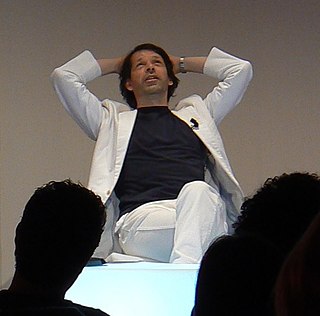
Peter Andrew Saville is an English art director and graphic designer. He designed many record sleeves for Factory Records, which he co-founded in 1978 alongside Tony Wilson and Alan Erasmus.

The Execution of Lady Jane Grey is an oil painting by Paul Delaroche, completed in 1833, which is now in the National Gallery in London. It was enormously popular in the decades after it was painted, but in the 20th century realist historical paintings fell from critical favour and it was kept in storage for many decades, for much of which it was thought lost. Restored and displayed again since 1975, it immediately became a highly popular work once again, especially with younger visitors.

Frederick Richard Lee was an English artist.

The Hartford Financial Services Group, Inc., usually known as The Hartford, is a United States-based investment and insurance company. The Hartford is a Fortune 500 company headquartered in its namesake city of Hartford, Connecticut. It was ranked 160th in Fortune 500 in the year of 2020. The company's earnings are divided between property-and-casualty operations, group benefits and mutual funds.
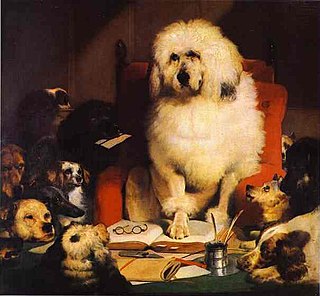
Trial by Jury, or Laying Down the Law as it is commonly known, is an oil-on-canvas painting from 1840 by the English painter Sir Edwin Landseer, which satirises the legal profession. It depicts dogs in the roles of members of the court with a French poodle centre stage as the judge. The painting was inspired by a chance comment by a judge, while at dinner with Landseer, that the French poodle belonging to amateur artist and renowned socialite, the Count d'Orsay, "would make a capital Lord Chancellor".

Henry William Eaton, 1st Baron Cheylesmore was a British businessman, Conservative politician, and art collector.

The Death of Actaeon is a late work by the Italian Renaissance painter Titian, painted in oil on canvas from about 1559 to his death in 1576 and now in the National Gallery in London. It is very probably one of the two paintings the artist stated he had started and hopes to finish in a letter to their commissioner Philip II of Spain during June 1559. However, most of Titian's work on this painting possibly dates to the late 1560s, but with touches from the 1570s. Titian seems never to have resolved it to his satisfaction, and the painting apparently remained in his studio until his death in 1576. There has been considerable debate as to whether it is finished or not, as with other very late Titians, such as the Flaying of Marsyas, which unlike this has a signature, perhaps an indication of completion.

Glen Ord distillery is a whisky distillery in the Scottish Highlands and is the only remaining single malt scotch whisky distillery on the Black Isle.
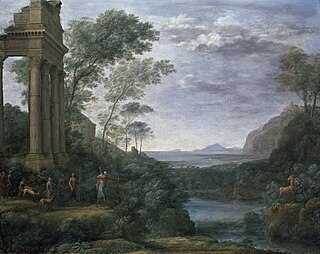
Landscape with Ascanius Shooting the Stag of Sylvia is a painting of 1682 in oil on canvas by Claude Lorrain, a painter from the Duchy of Lorraine who spent his career in Rome. It was painted in Rome for Prince Lorenzo Onofrio Colonna (1637–1689), Claude's most important patron in his last years, and is now in the Ashmolean Museum, Oxford. It is signed, dated with the year, and inscribed with the subject, as Claude sometimes did with his less common subjects.
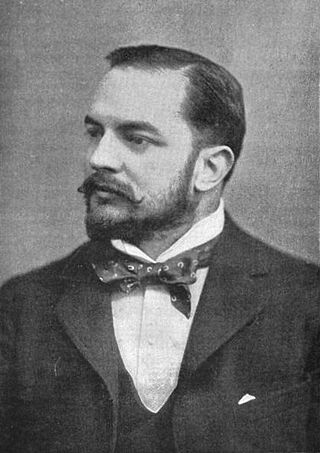
Thomas Robert Dewar, 1st Baron Dewar was a Scottish whisky distiller who, along with his brother John Dewar, built their family label, Dewar's, into an international success. They blended their whisky to make it more appealing to the international palate and Dewar demonstrated particular skills in marketing, travelling the world to find new markets and promote his product, exploiting romantic images of Scotland and tartan in his advertising.
Events from the year 1851 in Scotland.
William Meriton Eaton, 2nd Baron Cheylesmore is best remembered as a leading collector of English mezzotint portraits, and collector of other art. His mezzotints and other prints, over 10,000 in number, were left to the British Museum, and five oil paintings to the National Gallery, London. He also stood unsuccessfully for Parliament for the Conservative Party at Macclesfield in 1868, 1874 and 1880, and held a nominal partnership in the family silk business.
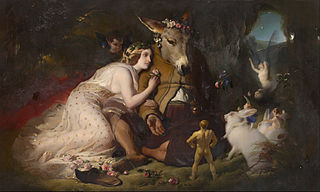
Scene from A Midsummer Night's Dream. Titania and Bottom is an 1851 oil-on-canvas painting by British artist Edwin Landseer. Landseer was mainly known for his paintings of animals: this is his only painting of a fairy scene. The painting depicts a scene from the third act of William Shakespeare's play A Midsummer Night's Dream. It has been in the collection of the National Gallery of Victoria in Melbourne, Australia since 1932.
Glen Albyn distillery was a Scotch malt whisky distillery in Inverness, Scotland and operated from 1846 to 1983. Glen Albyn whiskey brand was relaunched in 2022.
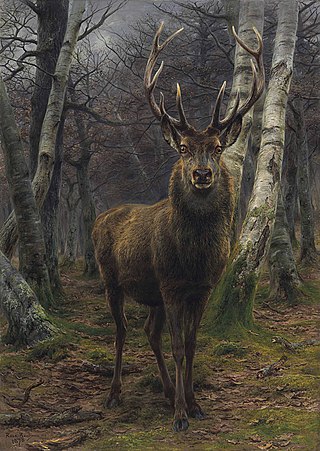
King of the Forest is an 1878 oil on canvas painting by French artist Rosa Bonheur. The work measures 244.8 cm × 175 cm. In the catalogue for an auction sale at Christie's in 2017, it was described as "Perhaps among the most important paintings by the renowned animalier Rosa Bonheur remaining in private hands" and "considered by the artist herself to be one of her masterpieces".


















